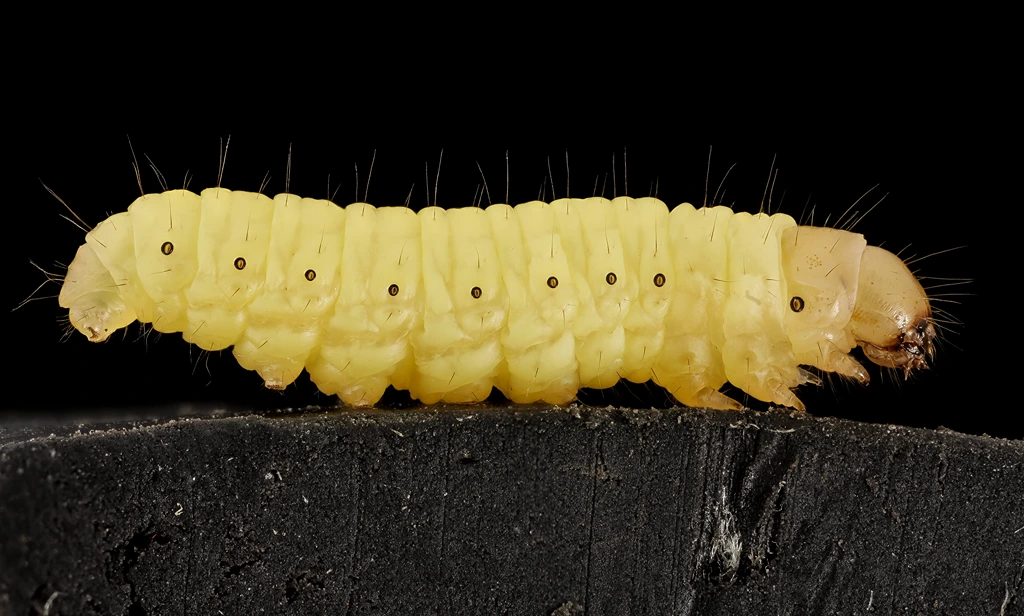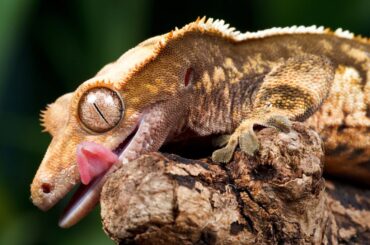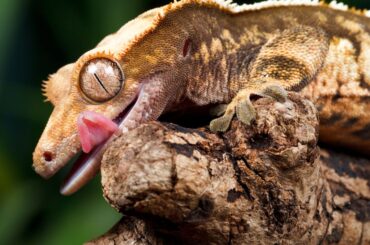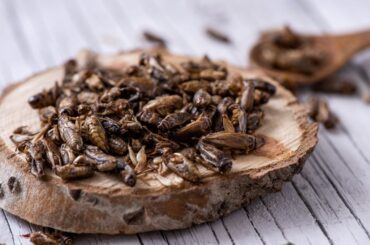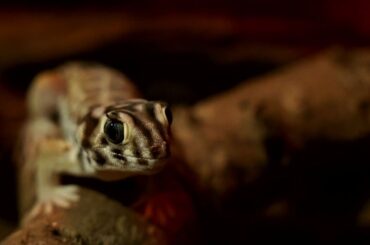The short answer is yes. You can add waxworms to your leopard gecko’s diet. However, there are essential factors you need to know before you start feeding one of the most popular pet lizards on the market today waxworms.
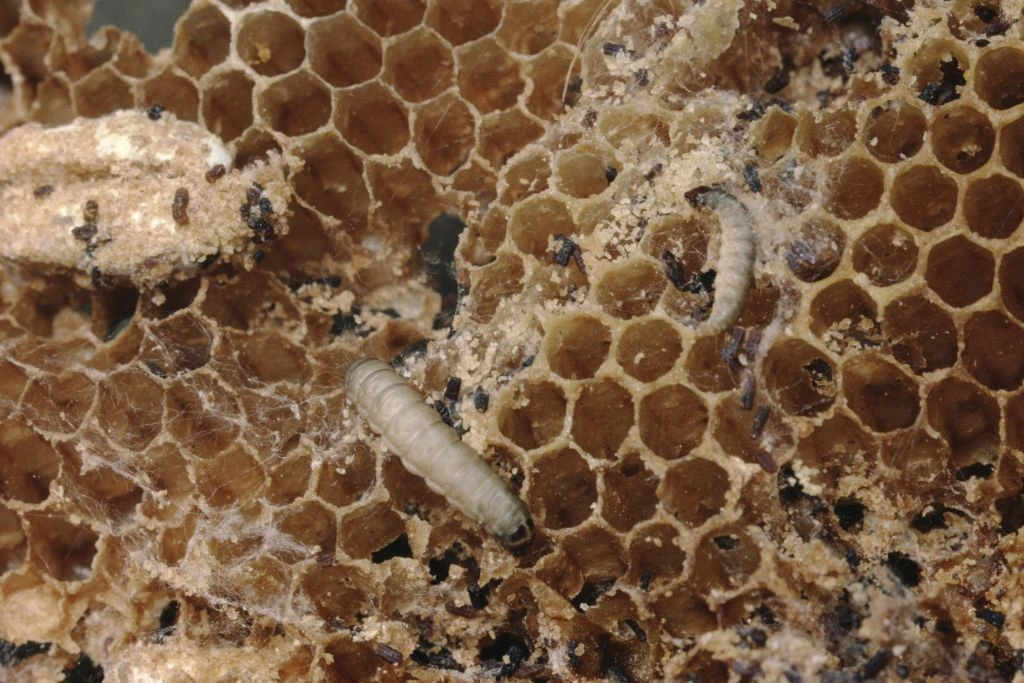
Leopard geckos come in a variety of sizes and types, making them highly adaptable as pets. Those with a penchant for lizards can easily find one suitable for their needs. They are also incredibly easy to take care of and require minimal cost or commitment from you to keep them happy and healthy.
Are Waxworms Good for Leopard Geckos?
One thing is for sure, you’re going to make your leopard gecko happy when you feed them waxworms. They are extremely delicious and palatable for your reptiles because of their high-fat content. Waxworms are a great source of nutrition for a leopard gecko. These live, deworming insects will help your leopard gecko grow strong while providing a great source of protein.
Are Waxworms Healthy for Leopard Geckos?
Yes, waxworms provide a good source of healthy nutrients for your leopard geckos. They have a high protein content, which is an essential element for a healthy leopard gecko, especially when they are growing quickly.
If the leopard gecko isn’t receiving enough protein, it could end up with a weak or thin appearance. When this happens, you may want to supplement their diet with waxworms to give them more fat.
However, it’s important to keep in mind that leopard geckos can get a few health conditions from having too many waxworms. These include unbalanced calcium and vitamin levels, a lack of calcium, or a parasite called Strongyloides spp.
Unbalanced calcium levels can cause your gecko to have abnormal growths, especially in the tail area. If you notice your gecko with a swollen tail, it might be a sign that its calcium levels are off. You’ll need to take them to a reptile veterinarian for a checkup and possibly a dose of calcium supplements. Keeping their calcium levels low can cause your gecko to develop a parasitic infection. If a worm is discovered in your gecko’s poop, it might be because they have Strongyloides.
How to Feed Waxworms to Leopard Geckos?
Here are a few pointers when feeding waxworms to your leopard geckos.
Use a feeding dish.
You will need a plastic container with a lid. Prepare a small paper or cardboard surface, waxworms, and food. Take your container and place the lid on top of the paper or cardboard surface. Place the food in the container then place the waxworms on top of the food. You can also use a small plate if you don’t have a lid for the container.
Just make sure the dish has holes so your gecko can eat the waxworms. Ideally, your gecko is not able to access the waxworms while they are inside the container.
It’s also okay to hand-feed the worms to them if you’re comfortable handling waxworms.
Feed appropriately sized waxworms.
One quick tip about feeding your leopard geckos waxworms is only to give them worms that aren’t bigger than the space between their eyes. This width is a good indicator of their throat size. Using it as a gauge can ensure they won’t choke while feeding and that they can digest the feed well.
If you want a more detailed answer for how many waxworms to feed a leopard gecko, follow this feeding guide:
- Feed baby leopard gecko waxworms in small amounts of about five pieces a day until they are about 4 inches long.
- For juvenile leopard geckos, waxworms can be given more generously, but only if they need additional fat in their diet. Five to seven pieces per week should be enough.
Prevent overfeeding.
Take note, that waxworms shouldn’t be given as the main meal. It should only supplement to add fat to their diet. Some only give waxworms as a treat. The problem with spoiling geckos with waxworms is that they have the tendency to refuse other food items.
Give quality waxworms.
Since waxworms are best to supplement your leopard gecko’s diet, you should only give them high-quality worms. This means you should make sure the worms are healthy. You can tell by how much they wriggle, plumpness, and color.
The worms shouldn’t be slimy or moldy. Before giving them waxworms, it might be best to check the worm container. It shouldn’t be smelly.
Never feed your leopard gecko with injured, sick, dried-up, or dead waxworms. These can transfer bacteria to your gecko.
Feeding waxworm moths.
Can you feed leopard gecko waxworm moths? Yes, feeding them to your geckos is perfectly fine, as they don’t contain any toxins. However, note that they may have harmful substances if they aren’t fed or stored appropriately.
How Often Can You Feed Waxworms to a Leopard Gecko?
Some ask, “How often should I feed my leopard gecko waxworms?” Ideally, you should only give waxworms to your leopard geckos once a week. If you want to speed up your leopard gecko’s growth, you can feed them twice a week.
Keep in mind that adult leopard geckos can survive without food for at least ten days and up to two weeks. They have high-fat stores in their tails, so it’s normal not to feed for extended periods, especially during winter.
Should You Feed Your Leopard Gecko Waxworms or Beet Pulp?
Waxworms are a high-protein food source and a great way for your gecko to get the protein it needs. However, there are many different types of insects, and it’s best to pick one that your gecko likes before feeding it to your pet. Waxworms are great for a leopard gecko, but beet pulp is also beneficial.
Beet pulp is an excellent source of fiber that can help prevent or ease constipation and stomach issues in reptiles. You can feed your leopard gecko beet pulp, or you can mix it with a high-powered calcium supplement to help with any calcium issues.
Waxworms vs. Mealworms for Leopard Gecko: Which Is Better?
Both waxworms and mealworms should be given to leopard geckos as supplements for poor fat stores. This is because these worms have poor nutritional value compared with crickets, which are packed with nutrients.
Give Waxworms To Supplement Leopard Gecko Diet
Geckos make great pets because they are easy to care for, inexpensive, and never get sick. With proper care and diet, a leopard gecko could potentially live for a long time and produce many offspring.
These lizards are also resilient to many common threats that plague other pet lizards, making them one of the most reliable species to have as a pet. However, leopard geckos are also susceptible to parasite infections and diseases. That said, it’s important to give them a proper diet, and waxworms are a great source of protein and fat.
If you follow our feeding guide here, you’ll soon have no problems feeding your leopard geckos waxworms.

